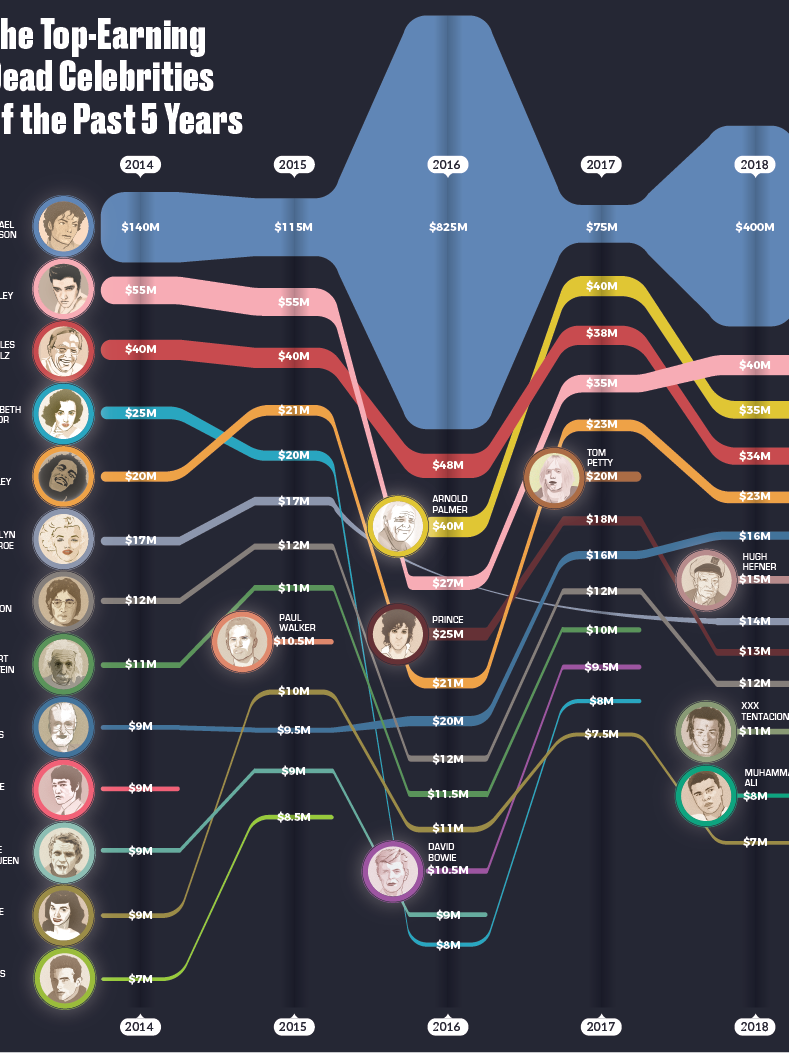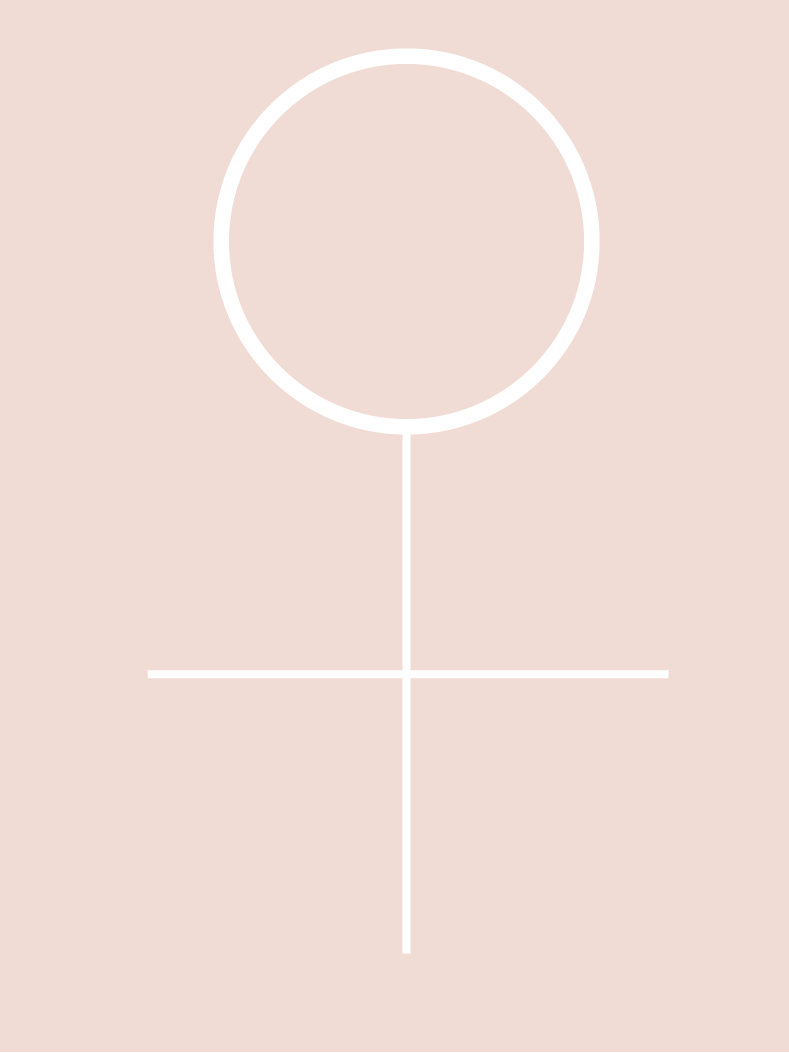A new visualization on #Linguistics for @la_lettura n.591, about colors in language, more specifically what these words are across a group of contemporary European languages, and how they matured and came to our modern world through ages of semantic shifts and specializations of use.
As a corollary of the concept that colors are a subjective reality - or tritely, a matter of perception - synchronic studies in Linguistics reveal how different languages offer different segmentation of the color spectrum, namely the range of physical properties of objects and how photoreceptors in our eyes catch them and transmit the information to neurons and finally to our brain for further classification. It comes to mind the renowned case of Kalaallisut, an Eskimo–Aleut language spoken by around 57,000 people in Greenland, who are reportedly able to name 21 different types of white connected to 21 different types of snow. While this myth has been debunked by anthropologist Laura Martin in the eighties, it is still remarkable how various languages distinguish a different array of basic colors, also regarding the actual number of basic colors: in English, there are eleven, in Italian and in Russian, there are twelve, but in Wobé, a Kru language spoken in the Ivory Coast, there are only three: light/white, dark/black and red.
In some languages, green is a variant of blue, in others the two colors are distinct.
In 1969, two researchers at the University of Berkeley, Bren Berlin and Paul Kay, published groundbreaking research, postulating that every culture in human history has invented the names and classification of colors in the same order.
According to the study, the names of the basic colors in each culture (and therefore in each language) could be predicted based on the number of colors that have a specific name, as long as they are mono-lexematic and mono-morphematic (for example 'red', not 'dark red ' nor 'reddish'), just in that language.
If a language has only 3 names of color, these will always be white (or light), black (or dark), and red; if there are 4 names, they will be white, black, red, and yellow or green; if there are 6, they will be white, black, red, green, yellow and blue, and so on.
Over time languages would evolve, sequentially acquiring new terms for basic colors; if a basic color term is found in a language, the colors of all previous phases should also be present.
The study was based on identification tests of 330 colors (according to the Munsell system of colors), to which 20 speakers of different mother tongues were subjected. The classification of colors in these 20 languages gave out mixed results, which matched the thesis of Berlin and Kay.
According to the study, the names of the basic colors in each culture (and therefore in each language) could be predicted based on the number of colors that have a specific name, as long as they are mono-lexematic and mono-morphematic (for example 'red', not 'dark red ' nor 'reddish'), just in that language.
If a language has only 3 names of color, these will always be white (or light), black (or dark), and red; if there are 4 names, they will be white, black, red, and yellow or green; if there are 6, they will be white, black, red, green, yellow and blue, and so on.
Over time languages would evolve, sequentially acquiring new terms for basic colors; if a basic color term is found in a language, the colors of all previous phases should also be present.
The study was based on identification tests of 330 colors (according to the Munsell system of colors), to which 20 speakers of different mother tongues were subjected. The classification of colors in these 20 languages gave out mixed results, which matched the thesis of Berlin and Kay.
Berlin and Kay's study was repeatedly criticized in the following years, due to shortcomings in research methodologies and the excessive weight granted to the subjective perception of the interviewees. Many exceptions to the universal rule identified by the authors were reported.
However, the research is still funded by an American universitarian institute, and the suggestions raised are still used in recent studies on the visual perception of newborns and on the formation of language structures and their historical evolution.
However, the research is still funded by an American universitarian institute, and the suggestions raised are still used in recent studies on the visual perception of newborns and on the formation of language structures and their historical evolution.










